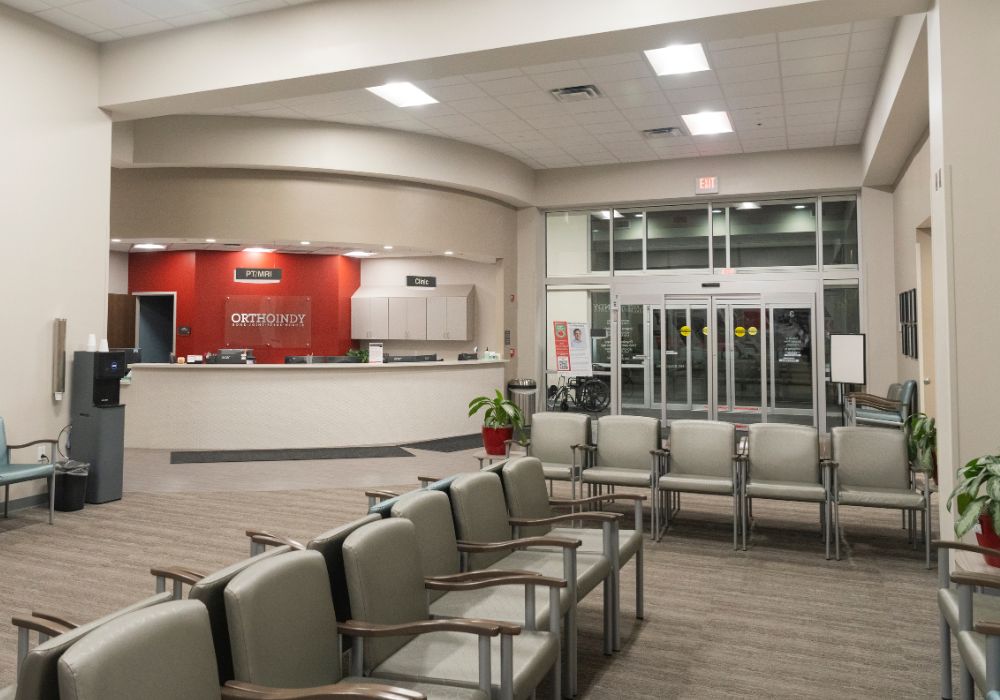THIS POST IS PART OF THE ULTIMATE GUIDE TO HAND, WRIST AND ELBOW INJURIES
Tendinosis refers to a swelling of the tendons. De Quervain’s tenosynovitis or wrist tendonitis occurs when the tendons around the base of the thumb are irritated or constricted; this can cause pain and tenderness along the thumb side of the wrist.
Anatomy
The two main tendons to the thumb pass through a tunnel located on the thumb side of the wrist. Tendons are rope-like structures that attach muscle to the bone. A slippery thin soft-tissue layer, called synovium, covers tendons. This layer allows the tendons to slide easily through a fibrous tunnel called a sheath.
Any swelling of the tendons or thickening of the sheath, results in increased friction and pain with certain thumb and wrist movements.
Cause of wrist tendonitis
In most cases de Quervain’s tenosynovitis is caused by overuse; however, it can also be associated with new mothers, pregnancy, texting and osteoarthritis of the thumb.
Symptoms
- Pain over the thumb side of the wrist
- Pain felt in the wrist that travels up the forearm
- Pain that worsens with movement of the wrist or when moving the thumb down or up
- Swelling over the thumb side of the wrist, sometimes accompanied by a fluid-filled cyst in the same area
- A catching or snapping sensation may be felt when moving the thumb
- Pain and swelling that makes it difficult to move the thumb and wrist
Physician examination
To determine whether you have de Quervain’s syndrome, your physician will ask you for a complete medical history and when you started experiencing wrist pain, have you describe your symptoms and conduct a physical examination.
Make an appointment with a hand, wrist or elbow specialist
De Quervain’s tenosynovitis treatment
Nonsurgical treatment includes:
- Splinting
- Topical or oral anti-inflammatory medication
- Avoiding activities that cause pain and swelling
- Corticosteroid injections (make an appointment with an OrthoIndy non-operative, pain management physician)
- Therapy, infrared light, ultrasound or iontophoresis
If symptoms do not respond after nonsurgical treatments, your physician may recommend surgery.
In surgery the surgeon makes a small incision at the thumb side of the wrist and removes the inflamed tissue over and around the tendons in order for them to glide freely. The surgery is done under local anesthesia or regional block with light sedation. It is outpatient surgery. Usually a light bandage is applied for a few days. Thumb and wrist range of motion are encouraged immediately following surgery. Surgery is required in less than 10 percent of cases.
Learn more about hand, wrist and elbow treatment at OrthoIndy.
Schedule an appointment
Your well-being is important to us. Click the button below or call us to schedule an appointment with one of our orthopedic specialists. If your injury or condition is recent, you can walk right into one of our OrthoIndy Urgent Care locations for immediate care. For rehabilitation and physical therapy, no referral is needed to see one of our physical therapists.






